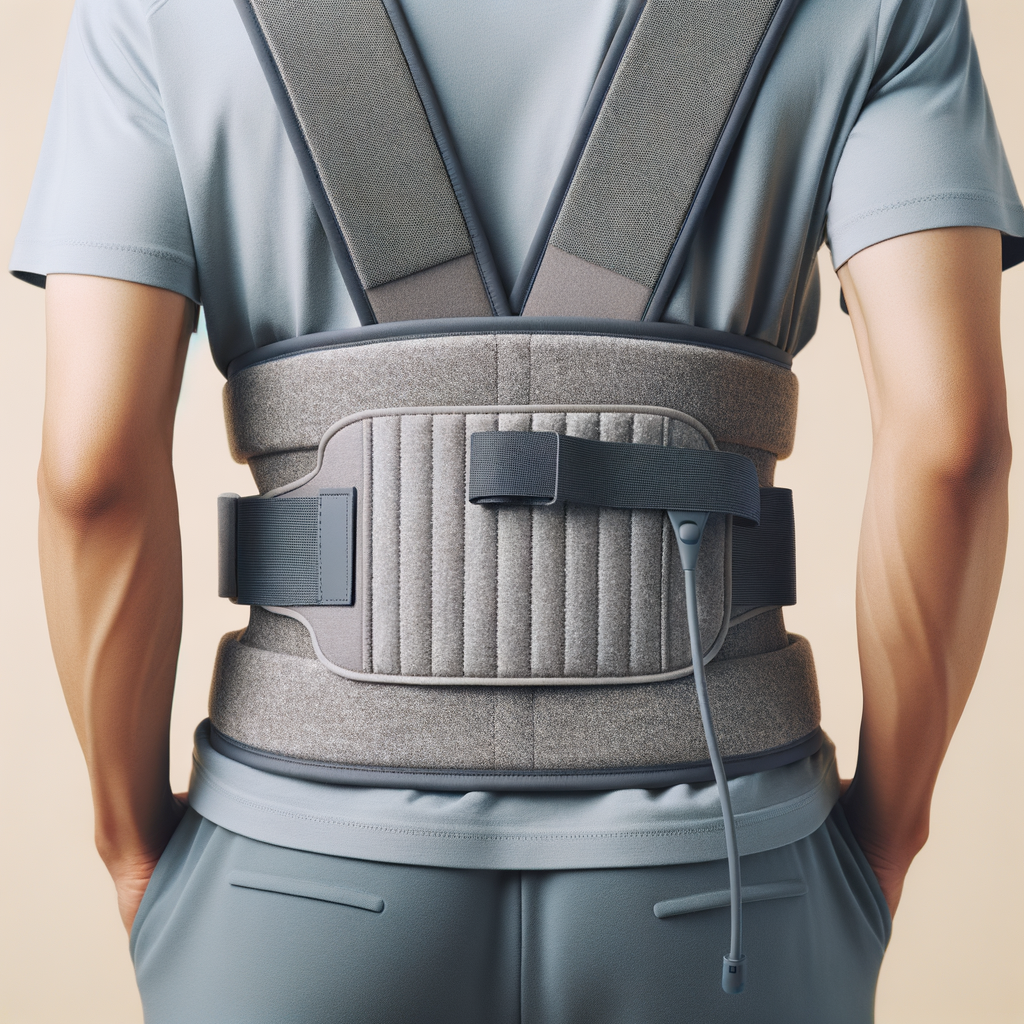Back pain is a pervasive issue that can affect people of all ages and backgrounds. It can range from mild discomfort to debilitating pain, often impacting one’s daily life and overall well-being. When it comes to finding relief from back pain, individuals have a choice between using a back pain belt or opting for traditional methods. In this article, we will explore these two options, discussing their pros and cons, as well as their effectiveness, to help you make an informed decision about which approach is right for you.
Understanding Back Pain
Before we delve into the specifics of back pain relief methods, it’s essential to understand the nature of back pain itself. Back pain can be caused by various factors, including muscle strains, ligament sprains, herniated discs, and poor posture. It can manifest as acute or chronic pain and significantly impact one’s quality of life, affecting their ability to work, exercise, or even enjoy everyday activities.
Back Pain Belt: What Is It?
A back pain belt, also known as a lumbar support belt or a back brace, is a specialized device designed to provide support and alleviate back pain. These belts are typically worn around the lower back and are adjustable to fit snugly. They work by providing compression to the affected area, stabilizing the spine, and reducing muscle strain. The goal is to promote proper alignment and relieve pain.
Traditional Methods for Back Pain Relief
Traditional methods for relieving back pain encompass a wide range of approaches. These may include:
- Exercises: Physical therapy exercises and stretches aimed at strengthening the core and improving flexibility.
- Hot/Cold Therapy: Application of heat or ice packs to reduce inflammation and soothe sore muscles.
- Medication: Over-the-counter or prescription pain relievers and anti-inflammatory drugs.
- Physical Therapy: Sessions with a trained therapist to address specific back issues.
While these methods have been used for years to manage back pain effectively, they also come with their own set of advantages and disadvantages.
The Pros of Using a Back Pain Belt
Using a back pain belt offers several benefits:
- Convenience: Back pain belts can be worn discreetly under clothing, allowing users to receive support and pain relief throughout the day.
- Targeted Support: These belts provide targeted compression to the lower back, precisely where it’s needed.
The Cons of Using a Back Pain Belt
However, there are some downsides to using a back pain belt:
- Limited Mobility: Some users may find that the belt restricts their range of motion, making certain activities challenging.
Effectiveness of Back Pain Belts
The effectiveness of back pain belts can vary from person to person. While some individuals report significant relief and improved posture when using these devices, others may not experience the same results. It’s important to note that the success of a back pain belt depends on factors such as the severity and cause of the back pain.
Effectiveness of Traditional Methods
Traditional methods for back pain relief have a long track record of success. Many people find relief through exercises, hot/cold therapy, and medication. However, it’s crucial to acknowledge that not all traditional methods work equally well for everyone. Some individuals may require a combination of approaches to manage their back pain effectively.
Choosing the Right Approach
Deciding between a back pain belt and traditional methods is a personal choice that should take into account various factors:
- Type of Back Pain: Consider the cause and severity of your back pain. Acute and chronic back pain may respond differently to different treatments.
- Lifestyle: Think about your daily activities and how each option aligns with your lifestyle. For example, a back pain belt might be more suitable for those with active jobs.
- Personal Preferences: Some individuals prefer the convenience of a back pain belt, while others may be more inclined toward traditional methods.
Ultimately, the choice between a back pain belt and traditional methods should be based on what works best for you and provides the most effective relief.
Conclusion
In the quest for relief from back pain, individuals have two primary options: using a back pain belt or opting for traditional methods. Each approach comes with its own advantages and drawbacks, and the effectiveness varies from person to person. It’s essential to consider your specific needs, lifestyle, and preferences when making this decision. Whether you choose the targeted support of a back pain belt or the proven methods of traditional relief, the goal remains the same: to alleviate back pain and improve your overall quality of life.
